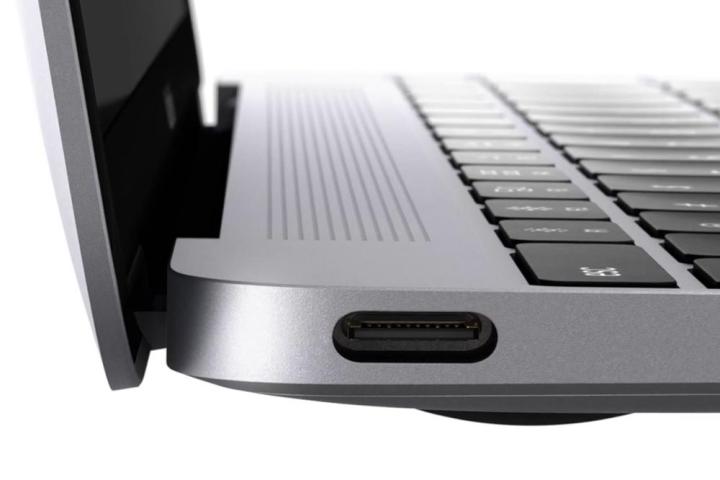
The idea of a single port for everything, including charging, certainly has its downsides, especially since you’ll need a $79 adapter if you want to plug in more than one device as a time. But it seems that the new MacBook will support most USB-C accessories, even chargers, according to 9to5Mac. The only thing necessary for a charger to work is support for the USB Power Delivery 2.0 specification. Of course, this isn’t technically the first time that third-party charging options have been available, but in the past they were costly and usually required an Apple-supplied MagSafe to function anyway.
The USB-C port will also allow for a bevy of other useful third-party accessories, including video accessories, since the MacBook allows for the DisplayPort alternate mode for video connections. A multitude of companies including common names like LaCie and Belkin are already unveiling a slew of USB-C accessories, so you won’t have to wait long.
The only real downside here is that USB-C doesn’t offer the same safety that came with Apple’s venerable MagSafe connector, which kept many a MacBook from crashing to the floor. USB-C cables will offer more resistance when tripped over, so you might want to be careful when stepping over your new third-party charger.
Editors' Recommendations
- These 6 tweaks take MacBooks from great to nearly perfect
- If you buy one MacBook Air alternative, make it this one
- The case for buying the M2 MacBook Air over the M3 model
- Which color MacBook should you buy? Here’s how to pick
- Why you should buy a MacBook Air instead of a MacBook Pro


